The TJA1050 High-Speed CAN Transceiver is a high-performance interface between a Controller Area Network (CAN) protocol controller and the physical bus. Designed for high-speed automotive and industrial applications, this transceiver complies with the ISO 11898 standard and offers excellent electromagnetic compatibility (EMC) and low power consumption. It is ideal for use in automotive ECUs, industrial control systems, and microcontroller-based CAN applications.
Key Features
-
Fully compliant with ISO 11898 standard
-
High-speed CAN transceiver up to 1 Mbps
-
Low electromagnetic emission (EME) and high electromagnetic immunity (EMI)
-
Split termination output for improved signal integrity
-
Thermal and short-circuit protection on CAN lines
Technical Details
-
Product Model: TJA1050 High-Speed CAN Transceiver
-
Transceiver Type: High-Speed CAN
-
Data Rate: Up to 1 Mbps
-
Compliance: ISO 11898-2 standard
-
Operating Voltage: 4.75V to 5.25V
-
Logic Level Compatibility: 3.3V and 5V systems
-
Bus Interface: Differential (CANH and CANL)
-
Protection: Short-circuit, thermal shutdown, and voltage transients
-
EMC Performance: Optimized for low EMI and high ESD protection
-
Supply Current: Low standby current
-
Package Type: SOIC-8 (or equivalent)
-
Operating Temperature Range: -40°C to +125°C
-
Product Dimensions: Approx. 5.0mm x 4.0mm x 1.5mm (SOIC-8 package)
-
RoHS Compliant: Yes
- Body width: 3.9 mm to 4.0 mm
Applications
-
Automotive Electronic Control Units (ECUs)
-
Industrial automation and CANopen systems
-
Microcontroller CAN interface circuits
-
Robotics and factory automation
-
Building and transportation infrastructure
Why Choose the TJA1050 High-Speed CAN Transceiver?
The TJA1050 High-Speed CAN Transceiver is a trusted and widely adopted solution in both automotive and industrial sectors. Its combination of speed, rugged protection, and ISO compliance ensures stable CAN bus communication, even in electrically noisy environments. Designed for reliable performance over a wide temperature range, this transceiver is ideal for mission-critical communication systems.
Package Includes
-
1 x TJA1050 High-Speed CAN Transceiver (SOIC-8 Package)




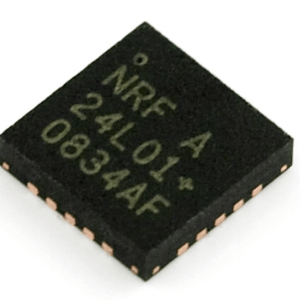
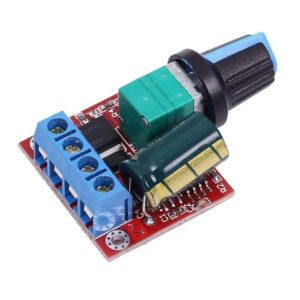

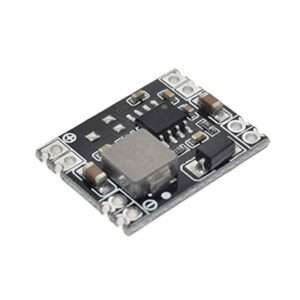
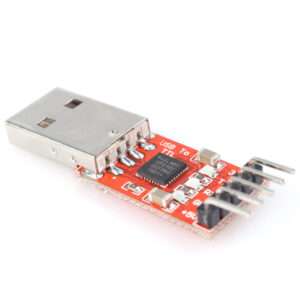
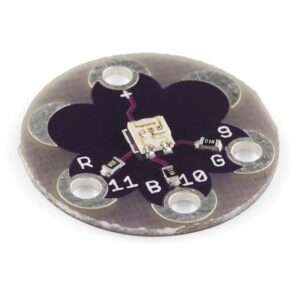
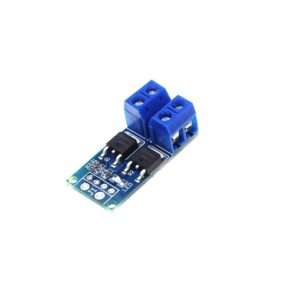
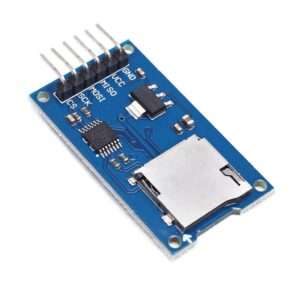
Reviews
There are no reviews yet